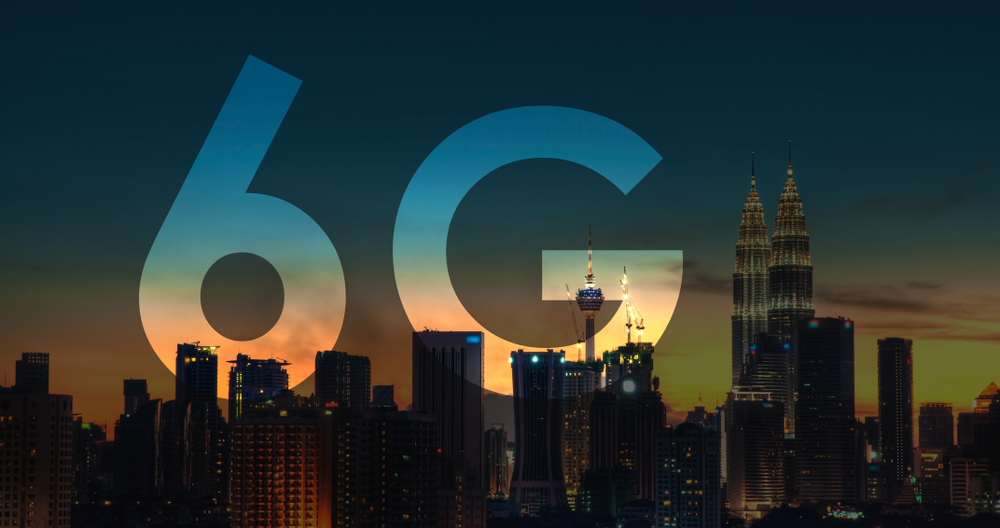How factories are transforming their operations with AI
Advanced technologies are becoming more accessible as manufacturers strive for lights-out factories and greater operational efficiency


Technology has been integral in manufacturing and other industrial settings for decades – from industrial control systems to the internet of things (IoT) and cloud computing making waves in recent years.
Integrating these technologies has made operations more productive, and increased efficiency, but each new era brings new innovations that you can integrate into production lines. Automation is a major example of this – with cost savings, higher production output, and better safety among the key benefits of increased automation.
Beyond conventional automation, newer and more sophisticated artificial intelligence (AI) is proving to be a real competitive benefit for businesses across various sectors of the economy, with manufacturing among those primed to reap the rewards.
Research by MIT Technology Review finds that the appetite to develop AI tools and systems in manufacturing is higher than in many other sectors. The use of AI is also a key component in the vision to create "hyper-automated intelligent factories", with the technology improving innovation, reducing cycle times, and squeezing out more efficiency gains from operations. There is no single way to implement AI in the factory, however, and there are examples from across the world of how industrial-based organizations are using AI to transform their operations.
The appetite to digitally transform
The factory floor perfectly lends itself to the integration of AI thanks to the connected nature of machines and other pieces of physical infrastructure, thanks to various sensors and other data-gathering instruments.
This rise of data thanks to these components initially led to the initial emergence of industrial machine learning in the 1980s. This was a time, however, of no enterprise resource planning (ERP) systems, no internet, and an absence of any cloud computing capabilities. But that has very much changed in today's landscape and deep learning alongside machine learning comprises the bulk of the AI tools that manufacturers use, according to the National Association of Manufacturers (NAM) – a US trade association representing 14,000 member companies.
MIT's research suggests that in 2024, most manufacturers (64%) are either researching AI capabilities or experimenting with them – while a third (35%) have graduated to integrating AI tools into their workflows. This feeds into the wider appetite among manufacturers to harness AI, with AI spending set to rise by more than 10% in the next few years among 58% of manufacturers in the engineering and design spaces. For the factory itself, the increased spending is planned in 43% of cases – although larger manufacturers are likely to make the biggest increases in investment at the sight of smaller competitors.
Sign up today and you will receive a free copy of our Future Focus 2025 report - the leading guidance on AI, cybersecurity and other IT challenges as per 700+ senior executives
Buying into new technologies
The most important reasons for embracing transformation technologies like AI, NAM found in its research, was to reduce cost and improve efficiencies. This was followed by the need to improve operational visibility and responsiveness, as well as improve process optimization and control. Other key reasons included filling the shortfall for skills shortages and improving the quality of goods produced.
The main use cases in which AI manifests, says MIT Technology Review, is in product design, content creation, and conversational AI. The rise of generative AI has meant that such technologies have become far more easy to access, with the standard and utility of tools and services rapidly improving.
"Manufacturers have been at the forefront of developing and implementing intelligent systems and AI technologies, including machine learning, deep learning, natural language processing, machine vision, digital twins and robotics," said Kathryn Wengel, CTO and risk officer at Johnson & Johnson in the foreword to NAM's report.
"This has positioned manufacturers uniquely as both developers and deployers of AI innovations, providing invaluable insights into the effective and responsible use of these technologies."
Just adding AI and expecting results won't be effective, and challenges remain in adopting the technology in factories. The MIT study showed that talent and data are the main prohibiters to scaling up AI; the closer use cases get to production, the more that deficit begins to bite. Respondents, in particular, reported that AI integration is hampered by inadequate data quality (57%) and weak data integration (54%). But numerous success stories can be looked at for inspiration.
How 'smart factories' use AI
At Johnson & Johnson, for example, AI is being used in several areas from drug development to restocking hospitals. When the business conducts clinical trials, AI helps it establish safety and effectiveness guardrails more efficiently, while also allowing trials to be conducted at a larger scale.
One of the key end goals for the integration of AI in manufacturing is the establishment of 'lights-out factories' which means fully automating everything within the factory environment so that there is minimal to zero need for human input. Such is the lack of a need for human intervention that you can effectively manage the production process with the lights turned off. FANUC is one example of a company that operates a lights-out factory in Japan to build its robots, having done so since 2001. The company makes 50 robots for every 24-hour shift, according to the Association for Manufacturing Technology, with the factory running unsupervised for up to 30 days without human input.
Automotive manufacturing is another sector in which AI has been a major positive influence. BMW's AIQX (short for Artificial Intelligence Quality Next) automates certain quality control processes by using sensor technology and AI. Algorithms analyze the data they record in real time and they send employees feedback immediately. It can quickly detect anomalies on the assembly line.
Similarly, Rolls Royce has melded data analytics with AI, pulling in masses of data from in-service engines in real time and feeding this into digital twins. Using these, the company says it can detect problems earlier, prevent malfunctions, maximize availability, and minimize disruption.
Manufacturing is one of the sectors leading efforts to integrate AI technologies into workflows and processes, and these uses may serve as test cases that will be critical for the wider economy, according to NAM. "The industry stands for the responsible development and deployment of AI, especially as the technology continues to rapidly evolve and innovators develop new applications that will improve efficiency, safety, product design and supply chain resiliency," the organization said in its report. "Manufacturers are also committed to keeping people — not machines — at the center of operations, using AI to enhance human capabilities."

Keumars Afifi-Sabet is a writer and editor that specialises in public sector, cyber security, and cloud computing. He first joined ITPro as a staff writer in April 2018 and eventually became its Features Editor. Although a regular contributor to other tech sites in the past, these days you will find Keumars on LiveScience, where he runs its Technology section.
-
 How the UK public sector could benefit from strategic channel partnerships
How the UK public sector could benefit from strategic channel partnershipsIndustry Insights Is the channel the answer to the growing cost vs budget problem facing the public sector?
-
 Microsoft wants to replace C and C++ with Rust by 2030
Microsoft wants to replace C and C++ with Rust by 2030News Windows won’t be rewritten in Rust using AI, according to a senior Microsoft engineer, but the company still has bold plans for embracing the popular programming language
-
 6G: Pioneering a new era of innovation and business value
6G: Pioneering a new era of innovation and business valueSponsored Content Discover how 6G will redefine the wireless industry through innovation, AI integration, and groundbreaking technology to drive new business value
-
 Huawei at Gitex Global 2024: driving innovation in industrial digitalization and intelligent transformation
Huawei at Gitex Global 2024: driving innovation in industrial digitalization and intelligent transformationSponsored Content Huawei showcased its latest advancements at Gitex Global 2024, focusing on accelerating digital transformation through innovative product launches, partnerships, and AI-ready ICT infrastructure
-
 Huawei Cloud: enabling business and industry growth
Huawei Cloud: enabling business and industry growthSponsored Content Huawei Cloud is transforming industries with innovative cloud, AI, and digital solutions, empowering enterprises to achieve growth and success in the digital age
-
 Amplifying intelligence: Huawei’s smart solutions for manufacturing and large enterprises
Amplifying intelligence: Huawei’s smart solutions for manufacturing and large enterprisesSponsored Content As industries face mounting pressures to innovate, Huawei is launching ten new intelligent solutions, designed to transform manufacturing, retail, and real estate through cutting-edge ICT represented by AI and cloud technologies
-
 What’s the role of AI in large enterprises?
What’s the role of AI in large enterprises?Supported Content From customer experience to software development, AI is becoming increasingly essential to efficiency in larger companies
-
 How the oil and gas industry is using AI to maximize production
How the oil and gas industry is using AI to maximize productionSupported Content Artificial Intelligence is revolutionizing the oil and gas industry by enhancing operational efficiency, reducing costs, and improving safety, as companies leverage cutting-edge technology to optimize exploration and production processes
-
 How is AI improving healthcare?
How is AI improving healthcare?Supported Content From disease imaging technology to administrative tools, AI is playing an important role in aiding a strained industry
-
 The future of AI-enabled railways
The future of AI-enabled railwaysSupported Content From safety to efficiency, here are just some of the ways that AI is improving the future of railway travel